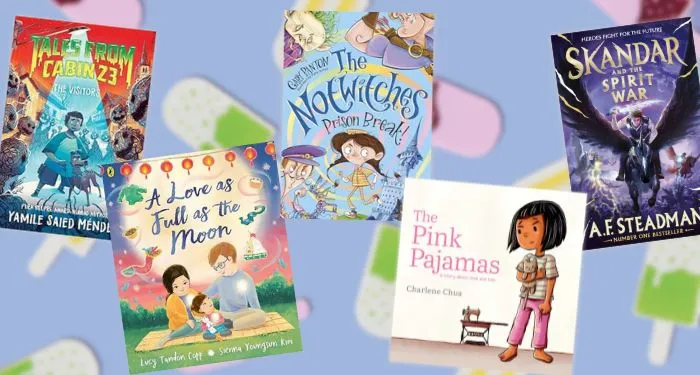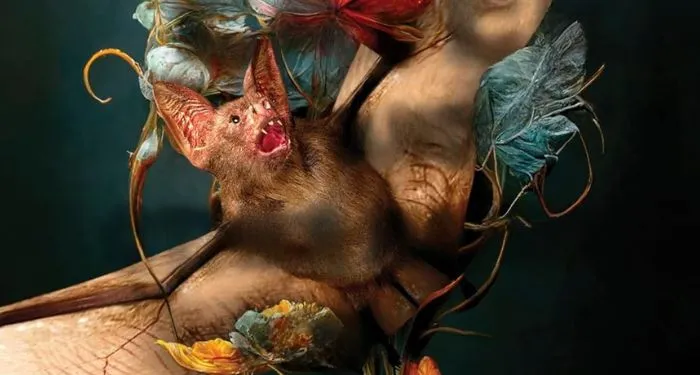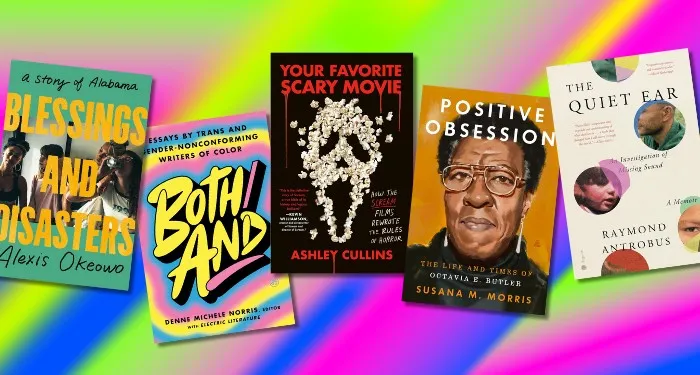S. Zainab would like to think she bleeds ink but the very idea makes her feel faint. She writes fantasy and horror, and is currently clutching a manuscript while groping in the dark. Find her on Twitter: @szainabwilliams.
It remains beach reads season and I’m turning my eyes back to our list of Best Beach Reads of All Time to share one of 2020’s buzziest books. This book hearkening back to Nella Larsen’s Passing was a Good Morning America Book Club pick, landed a spot on Barack Obama’s Best Books list, was a Women’s Prize finalist, got caught up in the color blob covers discourse (I have to laugh), and on and on and on. This author can’t help but write bestsellers, and I fell hard for her storytelling and perspective when I read the follow-up to her debut novel, The Mothers.
The Vanishing Half by Brit Bennett
The concept of passing makes me squeamish, and I know I’m not alone. Passing refers to light-skinned people–Black people, specifically, in this context–passing for white. People of color have passed to claim a higher level of privilege, to stay out harm’s way, for all sorts of reasons, and I won’t speak for everyone but it is a fraught and charged act in the Black community, let me tell you. I’m sure entire dissertations have been written on the subject and I won’t deep dive into the complexities here, but The Vanishing Half does some of that work.
The story follows the lives of the Vignes sisters, identical twins born in the same small, Black community. Their paths diverge when the girls run away as teens, with one sister passing for white. I had a feeling I would find this story engrossing when I discovered it followed multiple generations down split paths. Yaa Gyasi’s Homegoing is one of my all-time favorite books, after all. While Bennett’s sophomore novel doesn’t take on Homegoing‘s massive timeline, it does follow the sisters’ families from segregation times in the 1950s through the ’90s when the world, while still rife with racism (post-racial who?), had transformed significantly thanks in great part to the Civil Rights Movement.
Bennett tells the stories of the sisters and their estrangement, exposing the ways in which their different identities play a meaningful role in shaping their lives while building tension toward that moment when their worlds collide. I didn’t know where this story would take me, but it elicited so many complicated feelings along the way and when I turned that last page I found myself desperate to talk about the book with another reader. So, when you read this book on some beach or sunny spot, which you absolutely should, be sure to enlist a friend to read along with you.
In Reading Color
A weekly newsletter focusing on literature by and about people of color!
The comments section is moderated according to our community guidelines. Please check them out so we can maintain a safe and supportive community of readers!




















 English (US) ·
English (US) ·